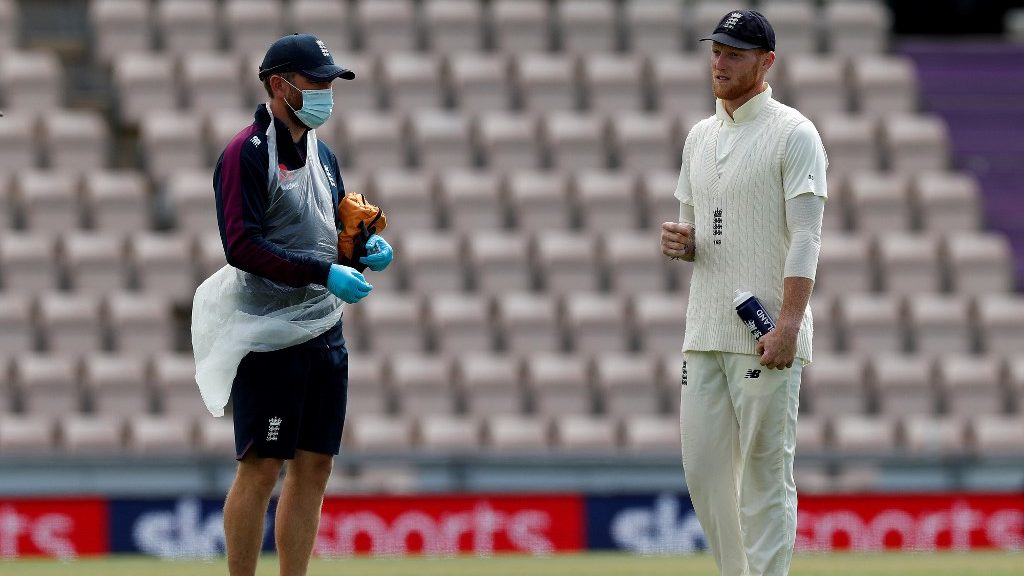Living in a bubble: Here’s why creating a bio-bubble is not a long-term solution

2020 has been a year like none other. While the first couple of months started with more or less the same degree of normalcy, since March, the story has been very different. Under the current situation of having to endure a pandemic, lockdowns, emotional stress etc, sports arrived as a blessing for people around the world.
In India and other cricketing nations, the IPL provided the healing touch, keeping everyone on the edge of their seats for almost two months. It helped us forget our everyday miseries, and have something to look forward to every night. However, while we got our entertainment, it wasn’t an easy road for the players. While they had their set of problems to deal with, the biggest of them all was to survive in a bio-bubble for the entire duration of the league. While they managed to do that successfully, is a bio-bubble sustainable to carry out the forthcoming series?
The bio-bubble
So, what exactly is a bio-bubble? A bio-bubble is a safe and secure environment isolated from the outside world to minimise the risk of COVID-19 infection. It permits only authorised players, support staff and match officials to enter the protected area after testing negative for COVID-19. Even after entering the bubble, the individuals must be regularly tested, have temperature check-ups, with respective health reports filed accordingly.
The bio-bubble was the best option in June to get cricket started when West Indies toured England. While it was cumbersome back then too, after a prolonged period of rest, the players were raring to go. Same in the IPL. But as cricket is starting to resume on a more regular basis, the flaws of the bubble – mainly with regards to players’ mental health are being identified.
People ask me what’s an IPL team bio bubble? It’s a 6 day quarantine, covid tests every 4 days, staying in ur room, designated #KXIP restaurant, gym & stadium. A big thanks2 #BCCI, KXIP staff & @SofitelDXBPalm 4all their efforts 2 keep us safe & productive? #Ting❤️#pzipldiaries pic.twitter.com/k0pX3InQT7
— Preity G Zinta (@realpreityzinta) October 20, 2020
The bio bubble ensures players remain in a designated environment. The players who play high-pressure games haven’t been getting the opportunity to cool down due to the presence of a bubble. The regular testing is also quite the added load on their shoulders. After enduring physical exertion, the bio bubble has been negatively impacting their mental health as well. And a few players have been quite vocal about it.
England captain, Eoin Morgan said recently, “ To keep the level of the bubble for 10 of the 12 months we normally travel, I think is untenable. You can drill a player both mentally and physically. And it can cause extreme burnout, which nobody wants to see. I do think we’ll see people pull out of tours. That’s just going to be the reality of things.”
Even Waqar Younis expressed his concerns saying, “It isn’t easy for players or officials to spend so much time in the bio-secure conditions and it could eventually affect their mental health.”
The fact that voices are being raised with not more than 3-4 series being completed, goes to show the impact it has been having on players and support staff. A jampacked cricketing calendar may end up causing a lot of distress to several players in the near future.
We do not know when we will be through with the pandemic. Perhaps, it is the way of life now for a few years. But irrespective of that, life and cricket will go on. However, the highest authorities will have to come up with a new method to keep the players safe. We do not know what can be a possible alternative to a bio-bubble, but one thing is clear, the bio bubble is not a sustainable option in the long run.
